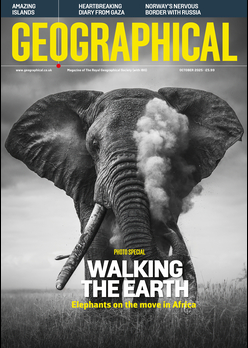
Discover more about the literary gems spanning countries and continents from acclaimed travel writer Bruce Chatwin
By
Bruce Chatwin packed an astonishing expanse of activities into a short life – from his time as head of art auction house Sotheby’s Impressionist Department to his adventures in the footsteps of his hero Robert Byron across Afghanistan and subsequently his travel across the globe and production of half a dozen books of essays, personal profiles and travel stories.
Read on to discover some awe-inspiring reads by Chatwin that are sure to pique your interest…
1) In Patagonia (1977)
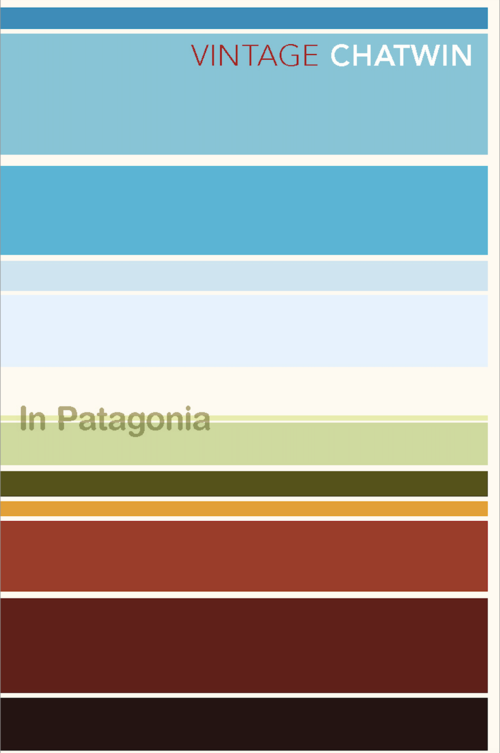
Chatwin’s debut and best-known work, In Patagonia is a travel memoir sparked by a childhood fascination with a piece of preserved skin believed to
be from a brontosaurus.
This leads him to southern Argentina in search of his relative, Charley Milward, and a broader investigation of myth, exile and exploration. The book is a collage of vignettes, encounters and historical digressions, and is credited with revitalising modern travel writing through its lyrical and fragmentary style.
2) The Songlines (1987)
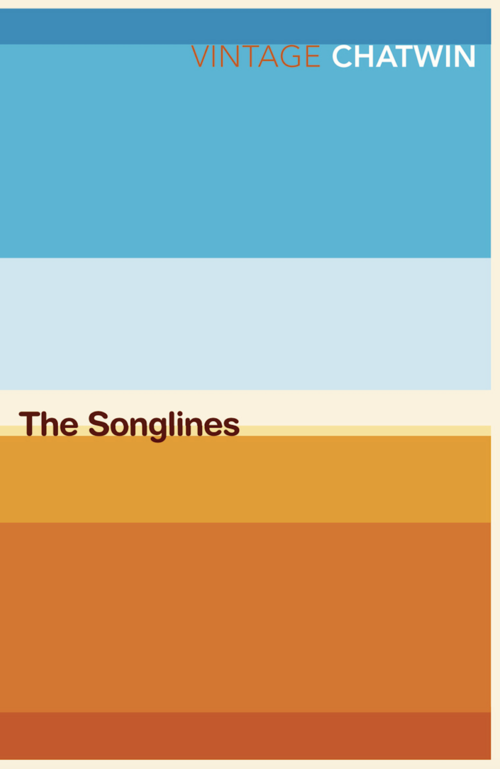
A hybrid of travelogue, philosophical reflection and ethnographic study, The Songlines explores the nomadic traditions of Australia’s Aboriginal peoples. The title refers to the invisible pathways across the continent marked out in song – a means of navigating and understanding the land. The book blends Chatwin’s own travels with wide-ranging meditations on movement, evolution and human nature.
3) The Viceroy of Ouidah (1980)
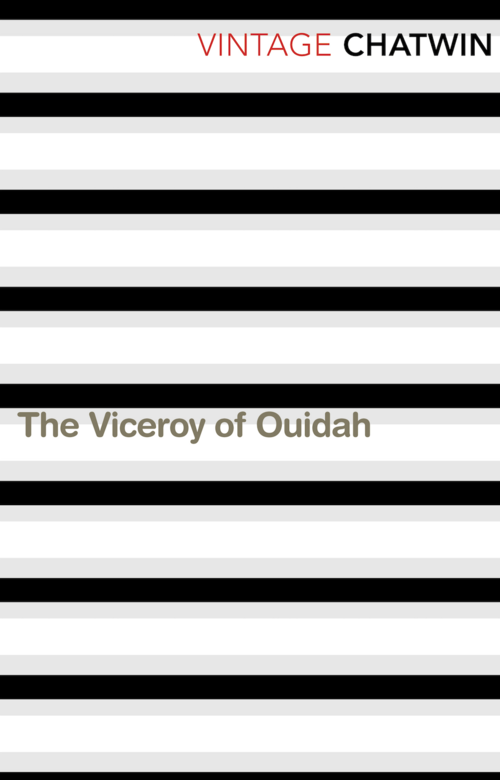
A short historical novel inspired by the real-life figure of Francisco Félix de Souza, a Brazilian slave trader based in Dahomey (modern-day Benin, Africa). Chatwin’s version centres on Francisco Manoel da Silva, charting his moral decline in the corrupt and brutal world of the 19th-century West African slave trade. Written in dense, often surreal prose, it explores themes of power, exploitation and imperial decadence.
4) Utz (1988)
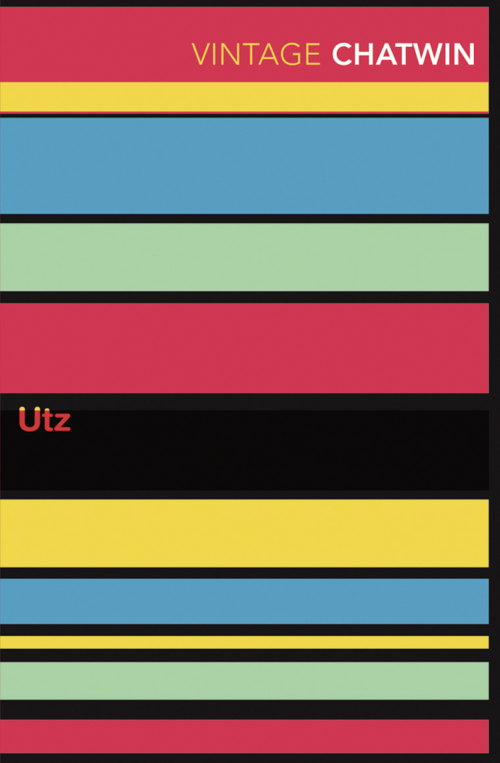
Set in Cold War Prague, Utz follows the life of Kaspar Utz, a Czech collector of Meissen porcelain. Despite being trapped in a totalitarian regime, Utz
is obsessively devoted to his fragile collection. This short, ironic novel examines questions of possession and identity through the lens of one man’s compulsion to preserve beauty in the face of creeping ideological decay.
5) On the Black Hill (1982)
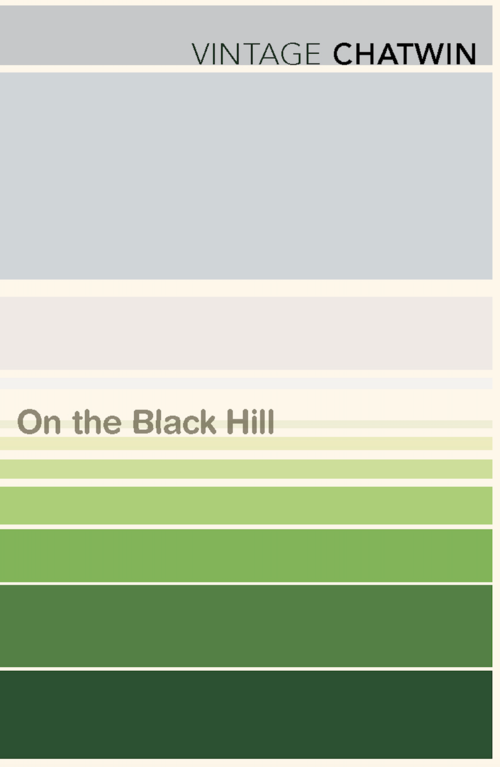
This novel tells the story of twin brothers, Lewis and Benjamin Jones, who live their entire lives on a farm near the Welsh–English border. A meditation on rootedness, tradition and rural life, the book spans nearly a century of social change. Unlike Chatwin’s usual nomadic preoccupations, this work is notable for its stillness and sense of place. It won the James Tait Black Memorial Prize.
6) What Am I Doing Here (1988)
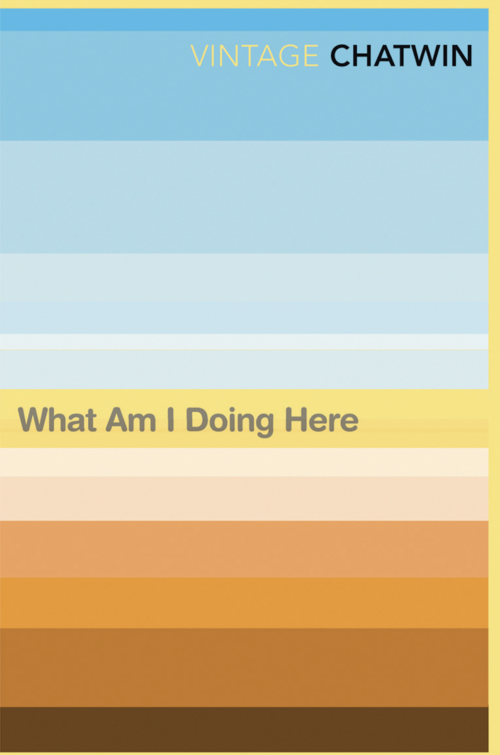
Published a few months before his death in January 1989, this collection of essays, travel pieces and portraits showcases Chatwin’s range and curiosity. It includes accounts of meetings with figures such as film director Werner Herzog and novelist André Malraux, as well as travel sketches from Nepal, Africa and Australia. Loosely autobiographical, the pieces collectively form a final reflection on travel, art, writing and exile.

